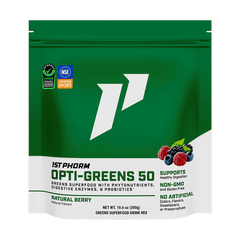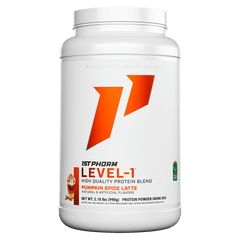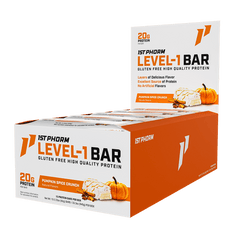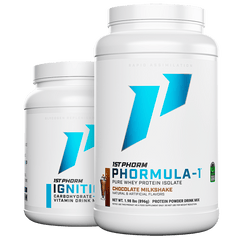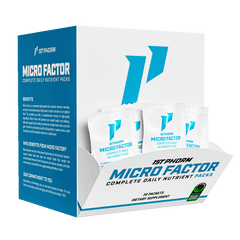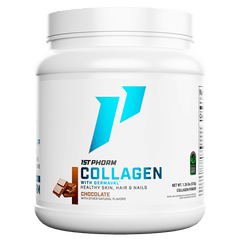Creatine Supplementation and Managing Damage
Getting sore in conjunction with resistance training is kind of a fact of life. A death and taxes kind of certainty! For many, this is enough reason to keep up your program so you don’t detrain and get sore. In addition, getting sore is oftentimes used (whether it’s appropriate or not) as an indicator of workout quality. If you get sore, that means you worked hard and challenged your muscles and for the most part this is true. Soreness does typically come from performing some volume of resistance exercise that is novel or it is something you are not accustomed to completing. In response to the soreness, your body has to adapt and recover, something it typically does an excellent job of completing. The result is a bigger, stronger and better you.
It must be highlighted, however, that driving your muscles into the ground every single workout (to get them sore) should not be the goal or outcome from your workout. Lee Haney was often quoted as saying, “stimulate don’t annihilate” your muscle. The recovery side of the equation is important and pounding away with too much training and not allowing for enough recovery will lead to problems. Recent research tells us that creatine monohydrate supplements may help in the recovery process and facilitate a greater recovery of lost strength and soreness. Researchers from this study required young men to perform two bouts of biceps curls and had them complete four sets until they could no longer complete any repetitions at a resistance that equated to 75% of their maximum (Veggi, Machado et al. 2013). For example, if your maximum bicep curl was a 50-pound dumbbell you would use 37.5 pounds so either a 35 or 40 pound dumbbell.
In a blind manner, the subjects ingested a placebo before exercise in one condition and in the other condition they ingested creatine monohydrate at a dosage of 20 grams/day. After taking their assigned supplement they completed the bicep curl workout and then had their soreness and range of motion measured along with a marker of muscle damage in their blood for several days after each exercise bout. Regardless of what supplement was consumed, soreness, muscle damage and range of motion were all negatively impacted after the first exercise bout. In other words, the participants developed soreness after the intense bout of biceps curls. Nothing too surprising about that.
When the bicep curl was completed a second time (approximately two weeks later), changes in soreness, range of motion and muscle damage markers increased again, but this time to a lesser degree when compared to the responses seen after the first exercise bout. Again, not too much is surprising here as several other research studies demonstrate these changes after one or two intense bouts of resistance training. What was interesting related to the response which was seen after the second exercise bout and when creatine monohydrate was ingested. After the second exercise bout and when creatine was consumed the changes in soreness, range of motion and damage were impacted to a significantly lesser degree than when the placebo was consumed.
In fact, blood levels of the muscle damage markers were improved by over 200% when compared to the placebo and levels of muscle soreness were decreased by 20% over the entire five day measurement period. The authors concluded that creatine supplementation appears to provide an additive effect on lessening the negative changes which occur after intense and damaging exercise. Results from their study revealed that creatine supplementation can significantly decrease markers of muscle damage, decrease sores and improve range of motion in the days after completing an intense bout of exercise and this recovery is heightened when creatine monohydrate is provided (Veggi, Machado et al. 2013).
REFERENCES
Veggi, K. F., M. Machado, et al. (2013). “Oral Creatine Supplementation Augments the Repeated Bout Effect.” Int J Sport Nutr Exerc Metab.


